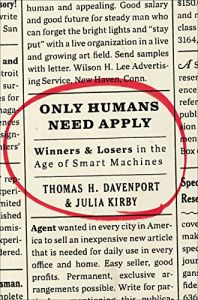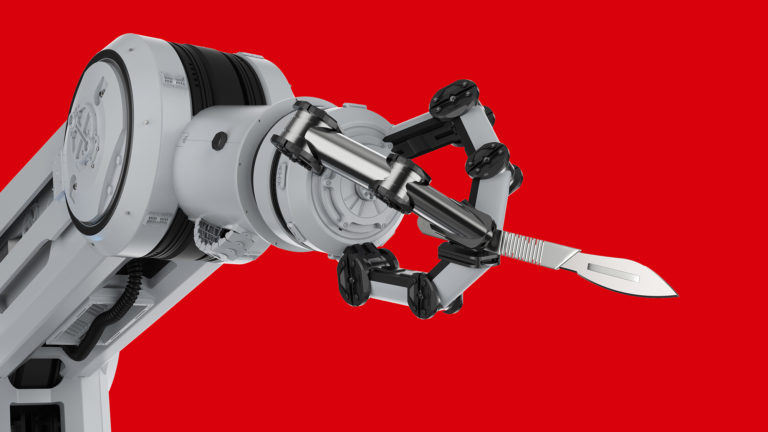Join getAbstract to access the summary!

Join getAbstract to access the summary!
Thomas H. Davenport and Julia Kirby
Only Humans Need Apply
Winners and Losers in the Age of Smart Machines
HarperBusiness, 2016
What's inside?
How to ensure your relevance in the age of smart machines.
Recommendation
The automation of tasks is now a threat to all jobs, from menial work to “knowledge work.” Business experts Thomas Davenport and Julia Kirby present the challenges facing employees, today and in future generations. They encourage workers at all levels to prepare. They offer startling predictions about the speed at which smart machines will take over tasks that now require employees with extensive experience and education. This practical guide to remaining relevant in the years ahead proves to be a smart, important read for career planning. getAbstract encourages employees, managers and executives to take heed.
Summary
About the Authors
Thomas H. Davenport, a fellow of MIT’s Center for Digital Business, co-founded the International Institute for Analytics and is a professor at renowned business schools. He has written 17 books. Julia Kirby is a contributing editor at The Harvard Business Review.

























Comment on this summary